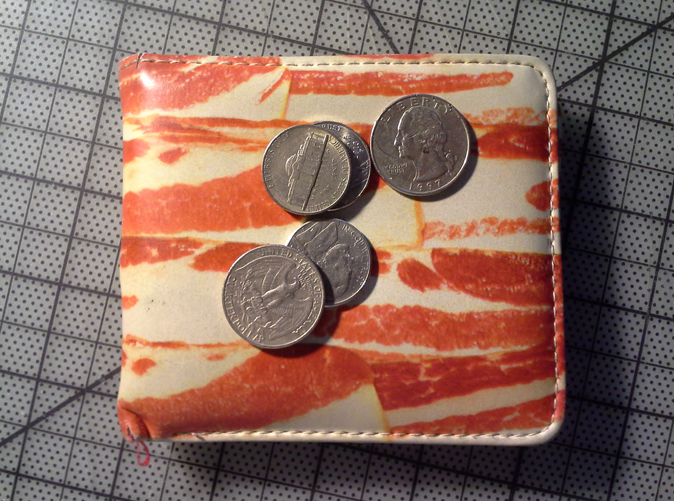

by Mike Sill
From Eleanor: Mike Sill is a 3D prop designer, modeler and pinball enthusiast living in Pittsburgh who is a member of Shapeways Crew. His Shapeways shop is Mad Hat Studio.
Own Your Business!
Take the mindset that you now own a business. You are in charge of all aspects of your shop, from presentation to sales. Look professional, act professional, be professional.
Find Your Market!
Find a specific, unique niche for your shop on Shapeways, or create a print that is different enough to get noticed. Don’t copy and paste from other models. This might get you a sale, but the stream of sales from that model will dry up quickly as the market becomes oversaturated. Find a target audience that is interested in what you want to sell on Shapeways, and theme your shop around attracting that audience.
Stay Busy!
Brainstorm a quick and dirty list of potential models you would like to make. Then motivate yourself by creating on a regular schedule.
Find the balance between selling at a markup that is affordable for your target audience yet high enough for you to make a decent wage.
Network!
Talk! Be it online or in person, your best chance of making a sale is to get people talking about 3D printing. There are countless people who want something to be 3D printed, but have no idea where to go or what to do. That’s where you come in!

Financial relief is something that is not easy to come by these days. Thankfully with the services provided here at Shapeways, I and many others have found a way to provide a little help from the burden of struggling to stay in the black. This entry will cover some tips that may help you, and other members of the Shapeways community, maintain your store for the potential of a steady stream of supplemental income.
Once you have an inventory list to create and schedule to stick by, it is time to decide the particulars. You should have functionality and a material in mind before creating. Also, decide on your target audience and how much you would pay for your model. This will make the choice of scale and cost (excluding markup) easy for you. For example, my last project was to create the first through third place medals for 3 different video game tournaments to be held at a local charity called Chachi Play for Kids. The client wanted a trophy/medal resembling the charity logo. Knowing this was a non-profit with a small budget, I leaned towards designing with the constraints of the Strong White and Flexible material. To further reduce cost of printing, we settled on a print area of 2” x 2”. These choices reduced the cost of each medal to around $7, excluding markup, which was perfect for this project.
Now, getting paid is a delicate subject when it comes to deciding your markup. The designer has invested time and effort in gaining the skills necessary in creating a model for their store, and that alone is worth a lot. However, if the designer chooses a markup that is too high, then the amount of customers ordering their model will be few. It is crucial to find a balance between making a decent profit and selling a high quantity of individual products without sacrificing quality. If you are just starting out as a shop owner, starting with a basic low cost print, such as a pendant or ring, and selling a high quantity will greatly help spread your online presence and bring in a greater amount of potential customers. Then you can design more ornate and larger pieces, giving you more liberty to demand a markup that could pay a bill or two.



Good advice. I’m thinking of my shop too much as a “side project,” but for it to grow beyond that I have treat is as much more than that to make it a business.